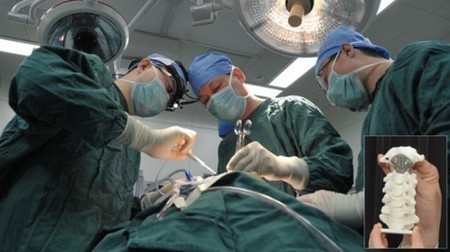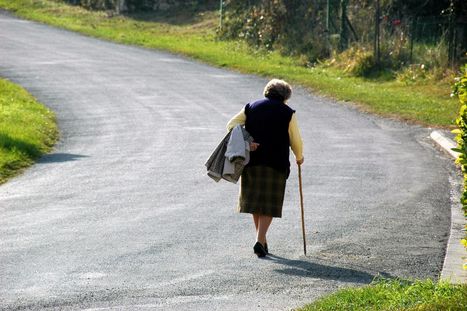While we still don't have a 3D printer in every home, use of the technology in medicine is becoming increasingly vital. 3D-printed implants made to perfectly fit the patient have a significant medical benefit, as one Australian doctor has demonstrated.
In late 2015, Ralph Mobbs, a neurosurgeon at the Prince of Wales Hospital in Sydney, met a patient who suffered from a virulent form of cancer known as chordoma.
SEE ALSO: Scientists are getting closer to 3D printing you a new ear if you lose one
The patient, who is in his 60s, had a tumour in a particularly hard-to-get-to location, Mobbs told Mashable Australia. "At the top of the neck, there are two highly-specialised vertebrae that are involved in the flexion and rotation of the head. This tumour had occupied those two vertebrae," he said.
Without treatment, the tumour can slowly compress the brain stem and spinal chord, causing quadriplegia. "It's a particularly horrible way to go," Mobbs said.
Learn more:
- http://www.scoop.it/t/21st-century-innovative-technologies-and-developments/?tag=3D



 Your new post is loading...
Your new post is loading...










Learn more:
- http://www.scoop.it/t/21st-century-innovative-technologies-and-developments/?tag=3D